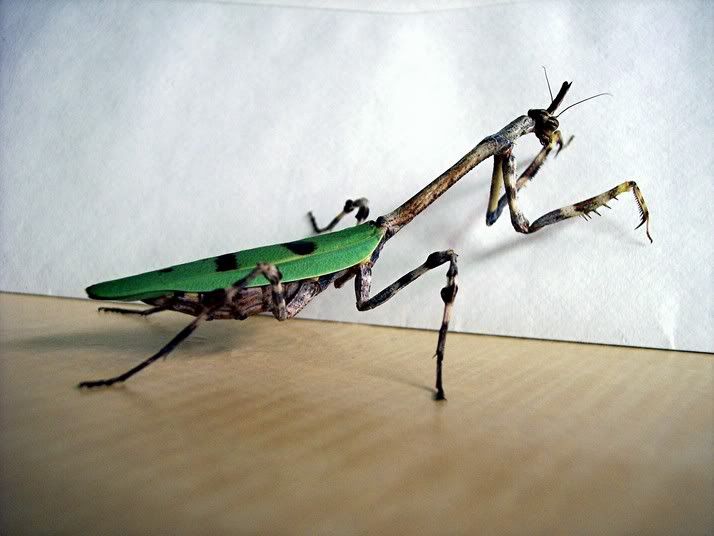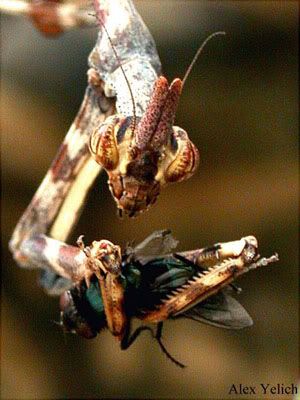wuwu
Well-known member
i can't believe that such a rare and beautiful mantis is native to the US. has anyone had any luck finding some yet? my dad goes painting in the mountains of AZ a few times a year, maybe i'll go with him next time.


this is a painting my dad did of the mountains in tucson, AZ. looks like Pseudovates arizonae habitat to me.



this is a painting my dad did of the mountains in tucson, AZ. looks like Pseudovates arizonae habitat to me.












































